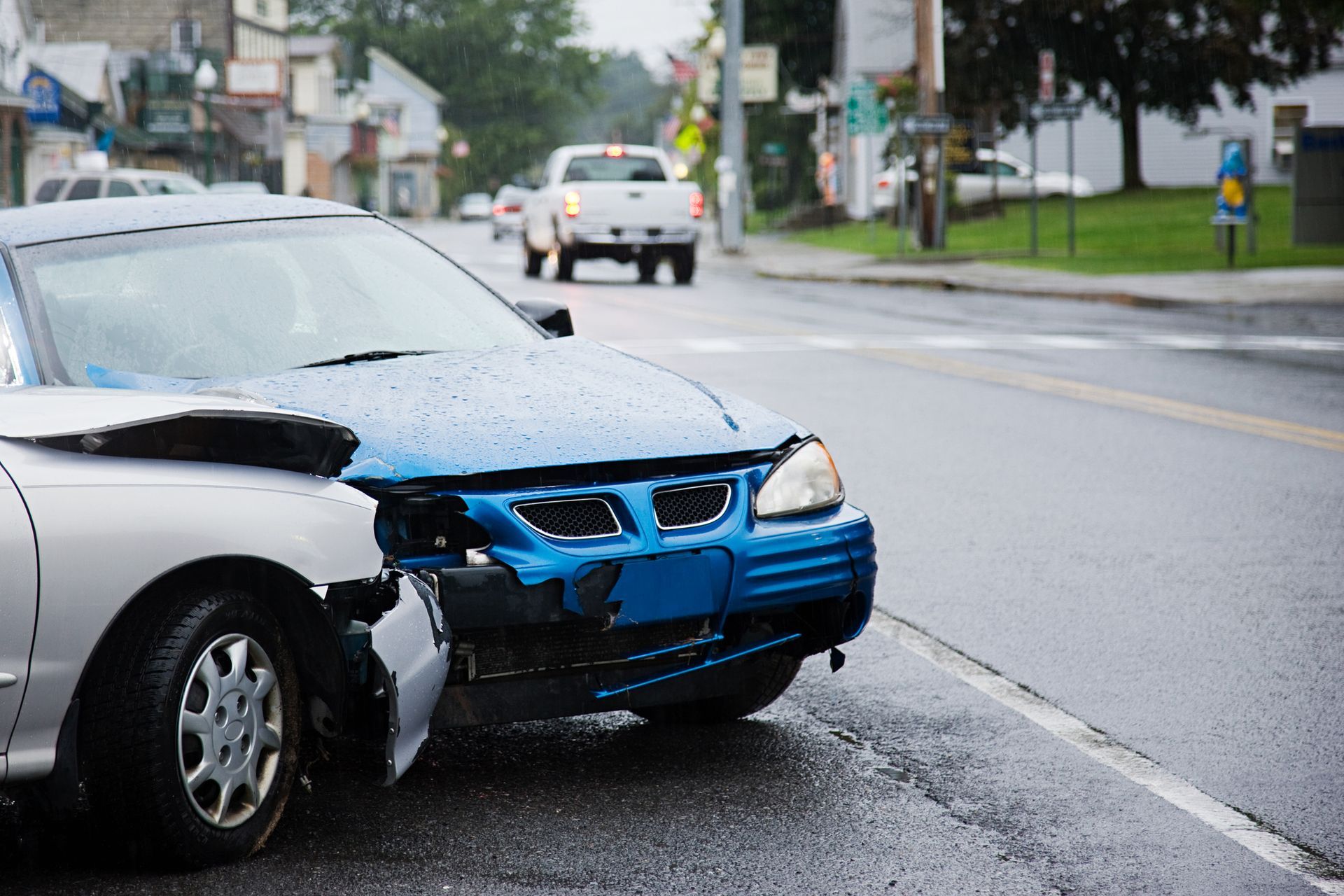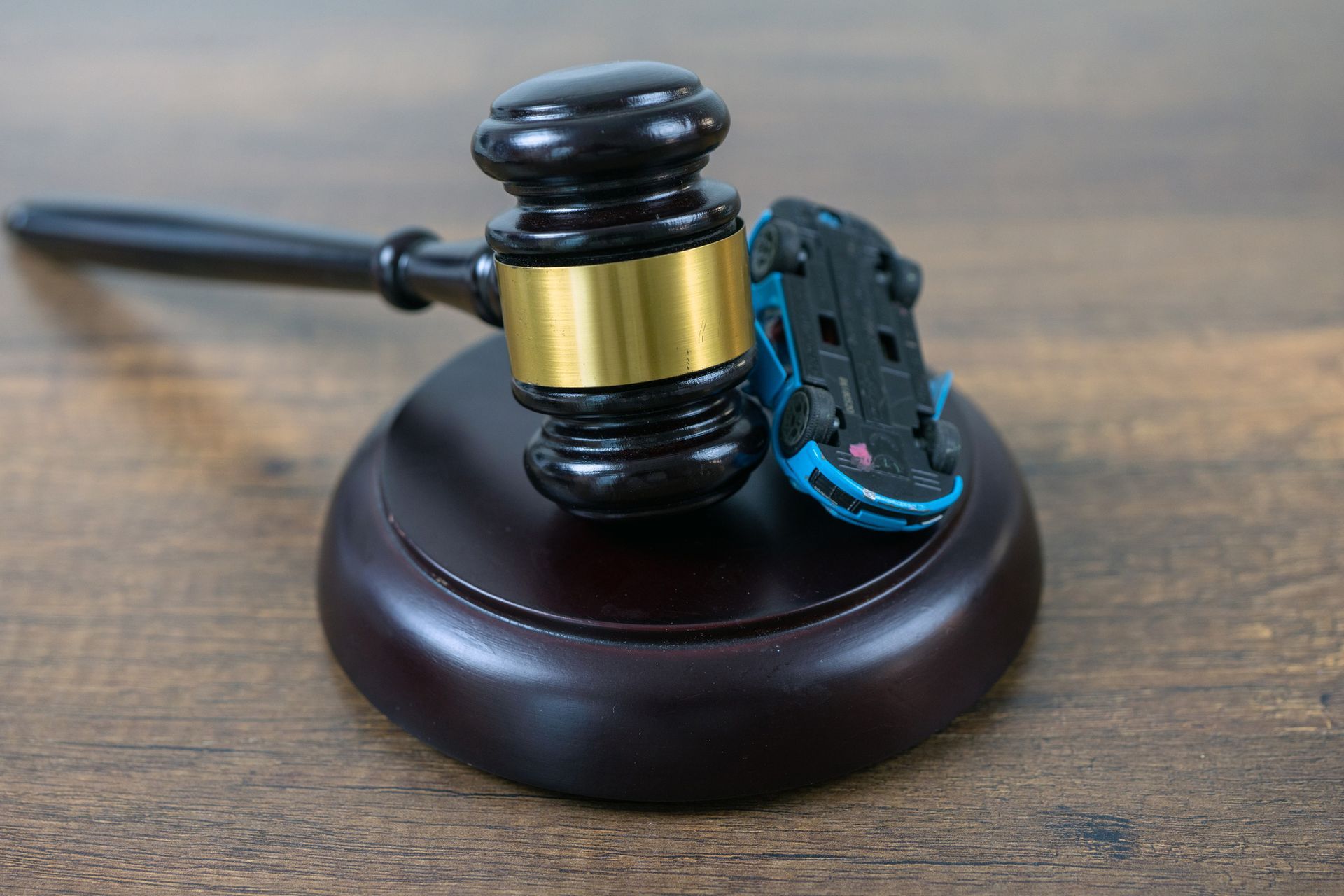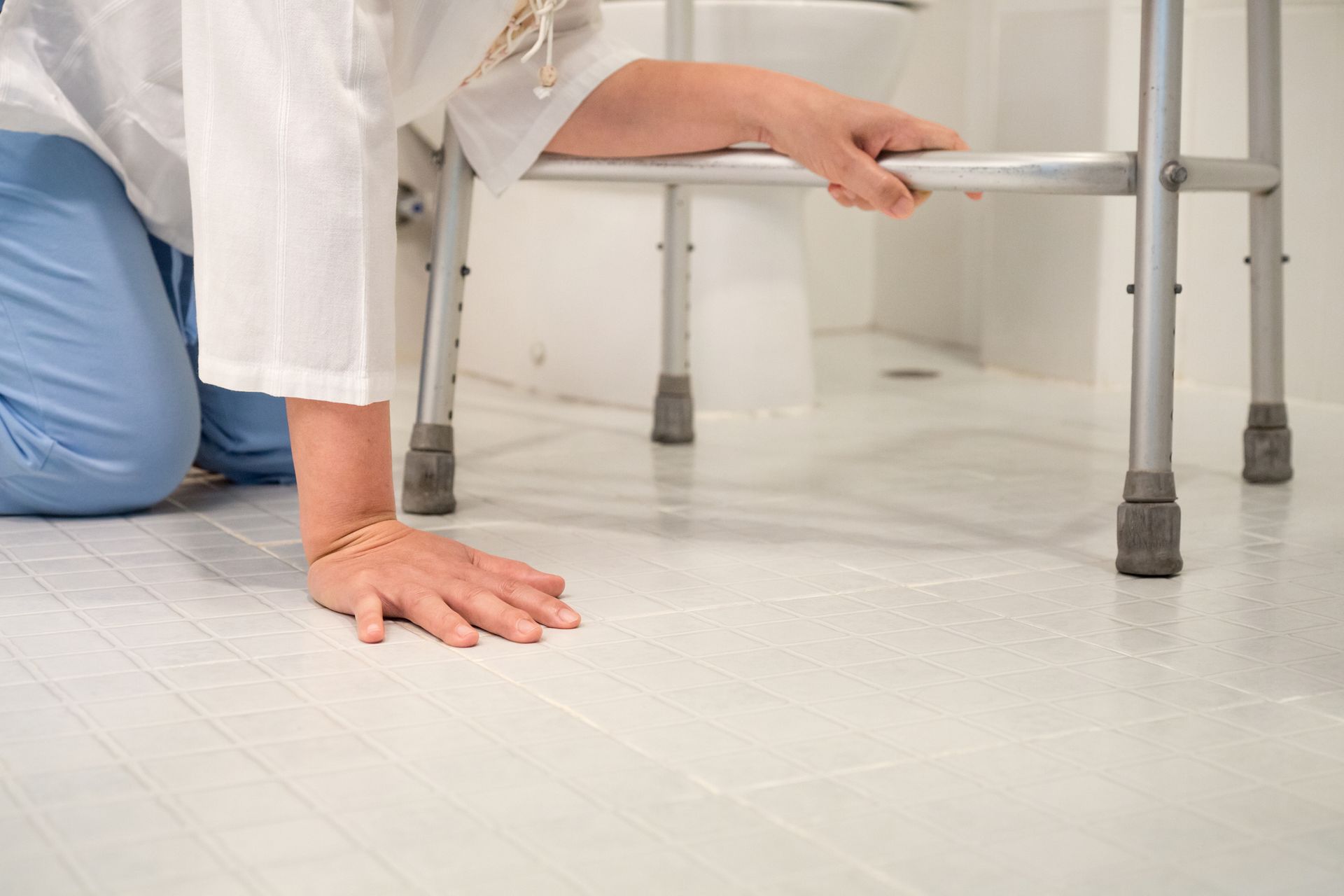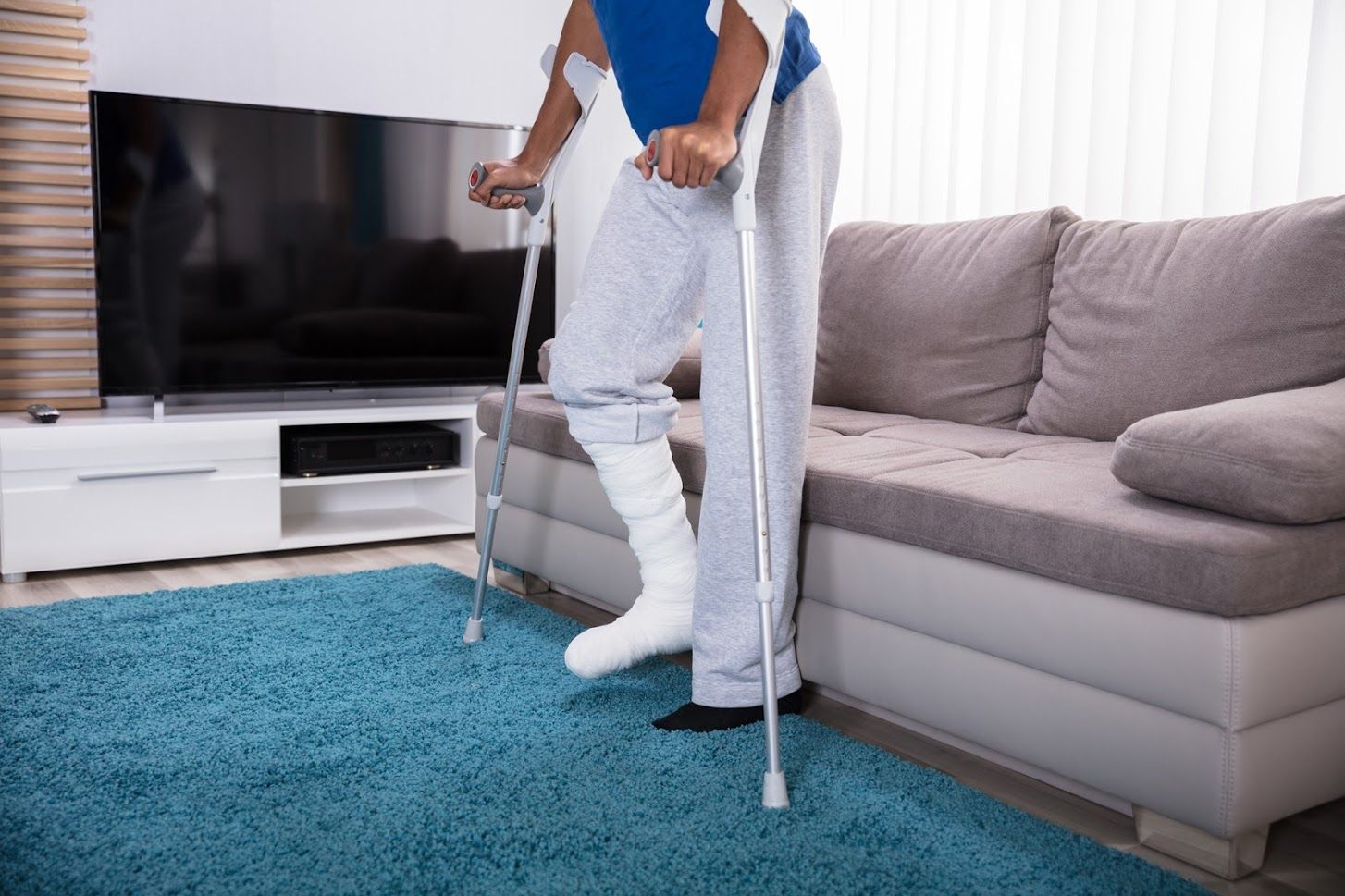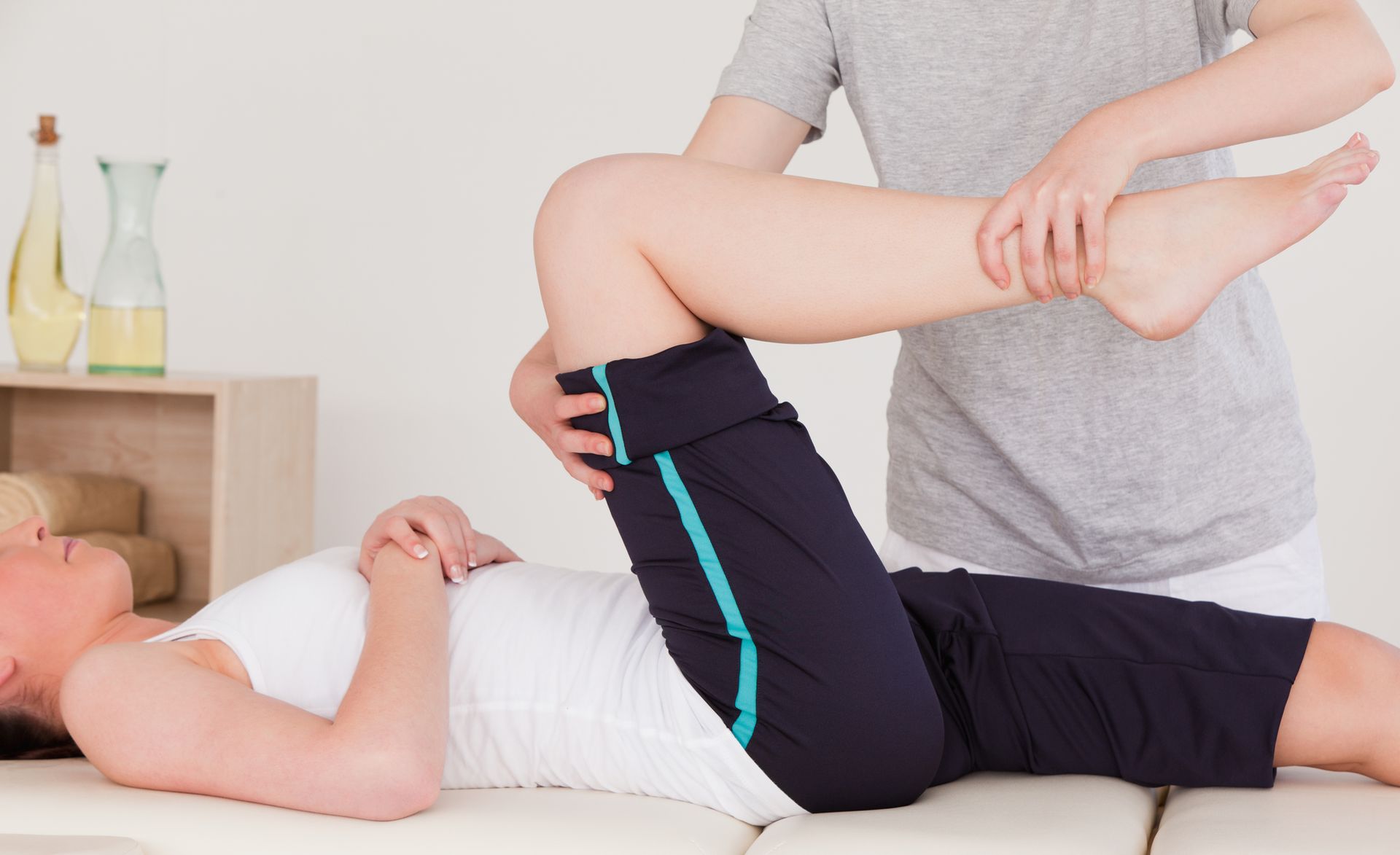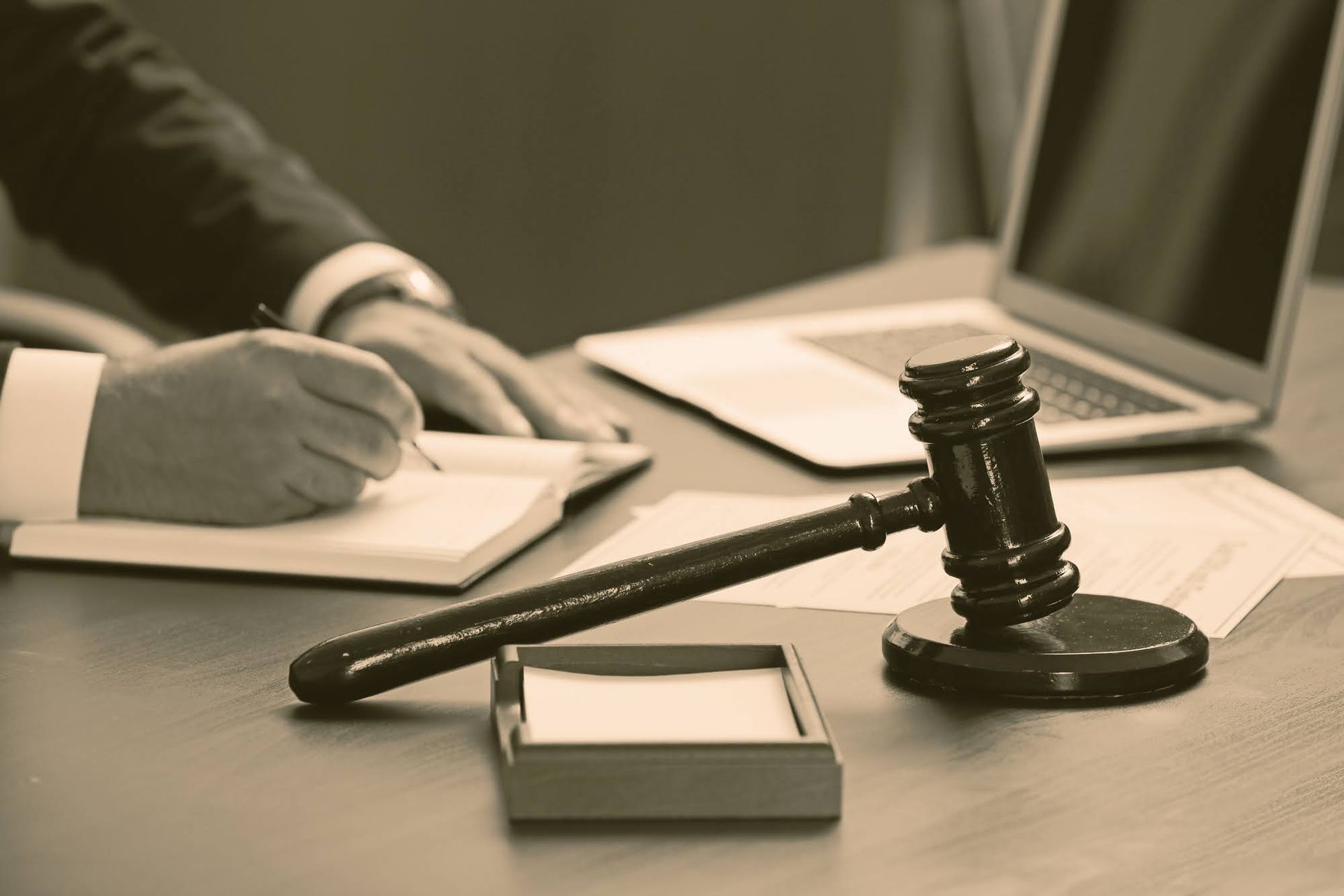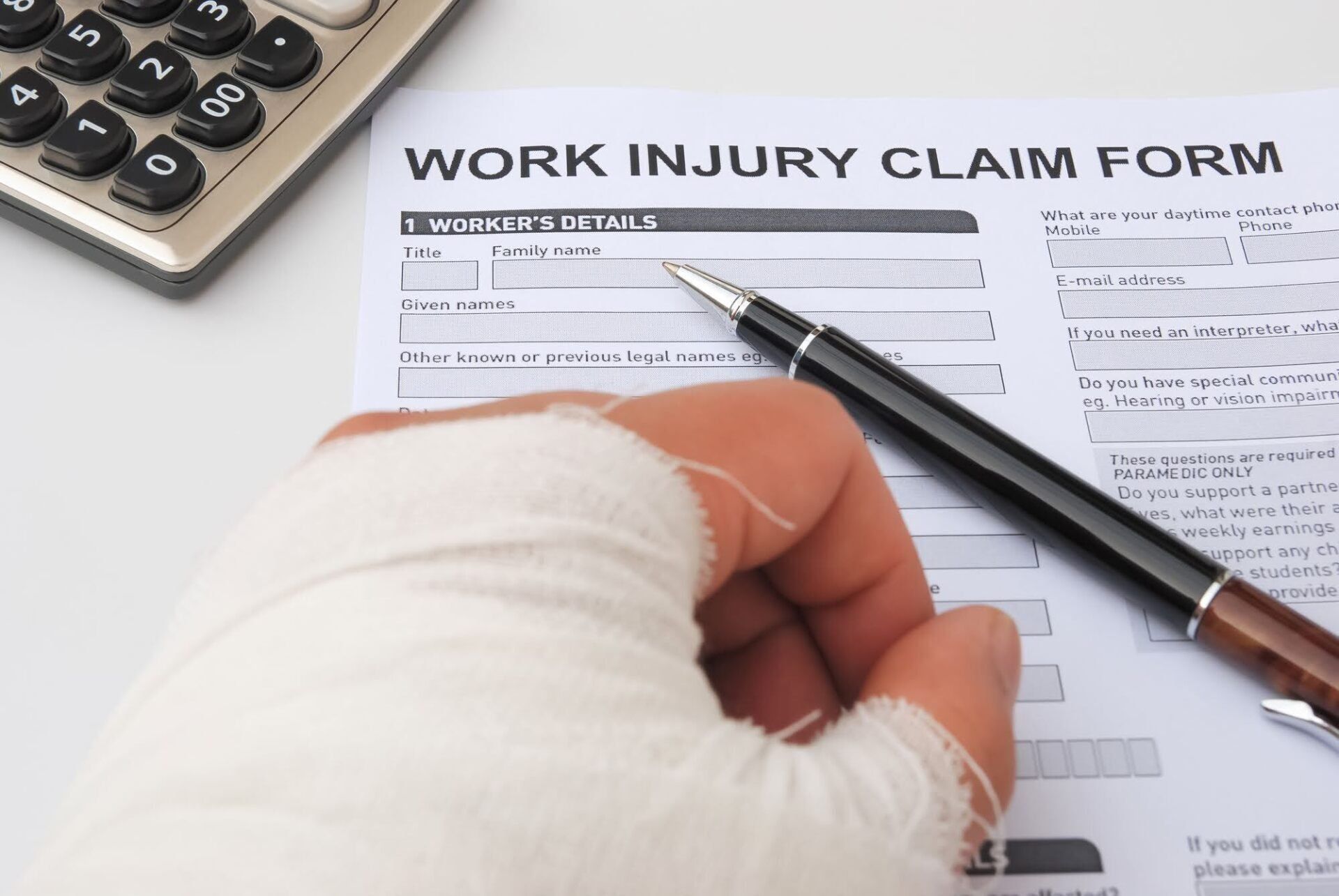FAQs About Bicyclist Rights in Florida
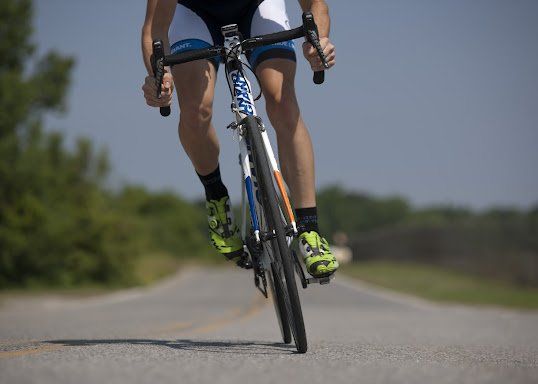
Are you an avid cyclist who was recently injured on the road? There were nearly 467,000 bicycle injuries in one year (2015) alone, according to the U.S. Centers for Disease Control and Prevention (CDC). If a motor vehicle was at fault for your current injuries, take a look at what you need to know about bicycle safety, personal injury claims, the law, and your rights.
Can You Prevent All Bicycle-Related Incidents?
Your recent accident has made you wonder if there is anything that you could have done differently. Even though you can take steps to reduce bicycle-related accidents on the road, it isn't possible to prevent every potential incident. An unsafe motor vehicle operator or a driver who doesn't understand the rules of the road could cause problems for any cyclist. But this doesn't mean you should ignore cycling safety precautions.
To make the most of your cycling trips and minimize on-the-road hazards:
- Check the brakes, gears, tires, and other parts of your bike. An old, damaged, or worn bicycle could put you at risk. Without brakes that work or tires that are adequately inflated, you won't have the ability to stop or move out of a vehicle's way.
- Make yourself easy to see. Bright colors, reflective clothing, and bike lights make it easier for a driver to see and stay away from a cyclist on the road — especially at dusk, at night, or in inclement weather.
- Know the rules of the road. Motor vehicle operators aren't the only ones who need to know the rules of the road. Cyclists need to do their part and know the laws, rules, and regulations that they and vehicle operators should follow.
- Wear a helmet. This safety device is necessary for every cyclist. Even though it can't prevent an accident, it can minimize the severity of the results.
These safety measures are important to remember when you're biking. Along with these steps, you also need to drive defensively. Pay attention to your surroundings and look out for reckless drivers, pedestrians, or road hazards (such as potholes or loose gravel).
What Are Your Rights and Duties As A Cyclist?
Like drivers and pedestrians, cyclists also have legal rights driving on the open road and after a crash or accident. According to Title XXIII, Chapter 316 of Florida's statutes, drivers who propel a human-powered vehicle (such as a bicycle) have both the rights and duties that drivers of other types of vehicles have. Even though bicyclists do have these rights and duties, some special regulations in the statute may contain exceptions.
The Florida state statutes specify when cyclists can drive on roads with motor vehicle operators and when they can't. Cyclists who can't drive at normal roadway speed (the posted speed) should ride in a designated bike lane or as close to the right-hand curb as possible. As a cyclist, you must also follow the traffic signs and lights. This means you must stop at a stop sign. But motor vehicle drivers must also do the same — and allow cyclists to move through the intersection when it is their turn.
You don't only have to obey the traffic laws in the same way that a car driver would. You also have the same rights to safe travel and protection after an accident.
What Should You Do After A Bike Incident?
A driver hits your bike with their car, SUV, or truck. What is the next step? The immediate post-accident period may seem confusing or you may have injuries that require immediate attention. Your health and safety are the primary concern right now — and not a lawsuit. You have plenty of time after the accident to review the facts and decide whether you want or need to take legal action.
Even though your bike may have serious damage, don't leave it behind or throw it away. Your bike is evidence of the accident and the severity of the impact. If you aren't physically able to save the bike or document the scene, talk to the police officer on the scene. The officer can complete a report or contact a family member if needed.
Not only should you (or the officer) document the crash site, you (or a medical professional at the hospital) should document your injuries with photographs. These pictures are often necessary to support a personal injury claim. You will also need detailed medical records from the emergency department and the doctors who treated your injuries.
When Should You Consult A Lawyer?
Again, your health and safety are the priority. After you have gone to the hospital and gotten the treatment you need, contact an attorney who specializes in bike law and personal injury. Failure to consult with an attorney in a timely manner may result in missed claim deadlines, lost evidence, or other similar issues.
Do you need legal help after a bicycle accident? Contact David A. Helfand, P.A . for more information.
CONTACT US
We will get back to you as soon as possible
Please try again later
CONTACT US
We will get back to you as soon as possible
Please try again later
Office Hours:
- Mon - Fri
- -
- Sat - Sun
- Closed

